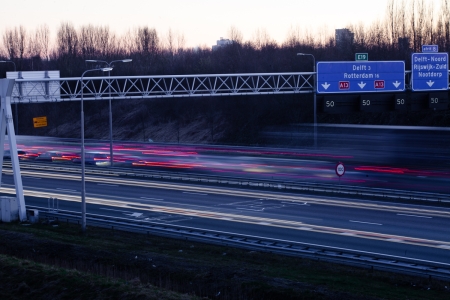If people have few things or only simple things to do – so when the workload is low – fatigue symptoms may occur. This is also called passive task-related fatigue [1]. A drive on a motorway with little traffic is an example of a task with a low workload. There are also intelligent driver assistance systems (ADAS) that reduce the driver’s task load, Advanced Cruise Control (ACC) for example and the successor to Cooperative Advanced Cruise Control (CACC) (also see SWOV fact sheet Intelligent transport and driver assistance systems (ITS and ADAS).
Passive fatigue does not occur on account of a lack of visual stimuli, but rather because drivers have too little to do [28]. It is expected that the increasing in-vehicle automation will also increase this type of fatigue [29]. After all, drivers will then be less actively involved in driving tasks and will increasingly acquire the role of supervisor who is only occasionally obliged to intervene. Passive fatigue may cause drivers to be less alert when obliged to take over driving tasks, with a crash as possible outcome.
